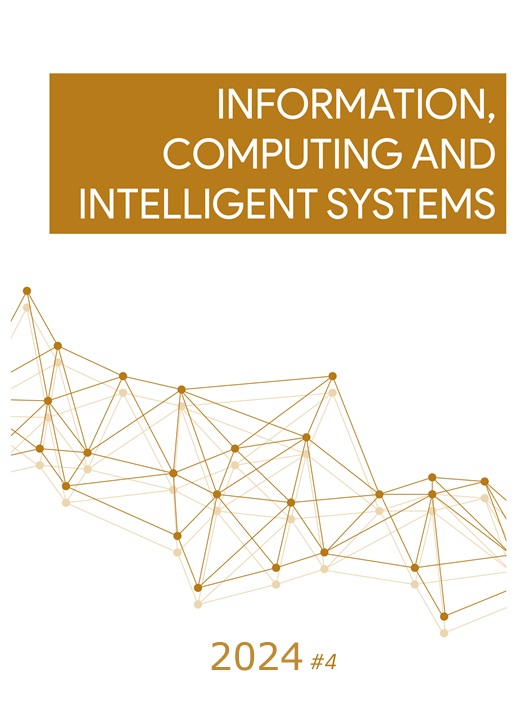Some Aspects of Improvement of the Run Length Encoding Compression Method
DOI:
https://doi.org/10.20535/2786-8729.4.2024.292118Keywords:
compression methods, raster images, run length encodingAbstract
The object of research presented in this article is the RLE method and its application to the compression of bitmap images.
The purpose of this research is to invent more advanced codeword formats for packing chains of repeated pixels compatible with coding single pixels of an image to increase the degree of compression by the RLE method.
To achieve this goal, a generalization of the known formats of code words in the form of a corresponding structural model was performed. This made it possible to find some directions for improvement of RLE coding. Several new ways of packing chains of pixels together with single pixels are proposed to increase the degree of image compression compared to the already-known versions of RLE. These latest methods are included in the set of packaging methods called RLE_BP. The RLE_BP encoder automatically searches for the optimal parameters of the codewords to achieve the minimum possible amount of binary code for a particular image.
Experimental studies of raster compression based on synthetic tests were performed to compare the proposed coding methods with known implementations of the RLE method. The proposed coding methods allow to achievement of greater compression of certain categories of high-resolution bitmap images compared to known ones.
The results of the performed research can be used to build a wide class of hardware and software tools.
References
Wikipedia The Free Encyclopedia. “PackBits.” Accessed: Nov. 1, 2023. [Online]. Available: https://en.wikipedia.org/wiki/PackBits
FileFormat.Info. “PCX File Format Summary.” Accessed: Nov. 1, 2023. [Online]. Available: https://www.fileformat.info/format/pcx/egff.htm
C. Wang, R. L. Chen, and L. Gu, “Improving Performance of Virtual Machine Covert Timing Channel Through Optimized Run-Length Encoding,” J. Comput. Sci. Technol., vol. 38, pp. 793–806, Jul. 2023, https://doi.org/10.1007/s11390-021-1189-z.
T. A. Welch, “Technique for High-Performance Data Compression,” Computer, vol. 17, issue 6, pp. 8-19, 1984, https://doi.org/10.1109/MC.1984.1659158.
T. A. Blinova and V. M. Poriev, “Some methods for encoding rasters in geographic information systems,” (in Russian), Electronic Modeling, vol. 30, no. 1, pp. 119-128, 2008, https://www.emodel.org.ua/images/em/all-pdf/08-1.pdf.
T. Kathirvalavakumar and R. Palaniappan, "Modified Run-Length Encoding Method and Distance Algorithm to Classify Run-Length Encoded Binary Data," in Proc. ICLICC 2011: Control, Computation and Information Systems, 2011, pp. 271–280, https://doi.org/10.1007/978-3-642-19263-0_33.
A. Rahman and M. Hamada, “A prediction-based lossless image compression procedure using dimension reduction and Huffman coding,” Multimedia Tools Appl., vol. 82, pp. 4081–4105, 2022, https://doi.org/10.1007/s11042-022-13283-3.
A. Ibrahim, "Plain Text Encoding/Decoding Technique Using a Combination of Huffman and Run-Length Algorithms," British Journal of Applied Science & Technology, vol. 6(2), pp. 1-10, 2016, https://doi.org/10.9734/bjast/2016/25712.
V. Вагаппік et al., "Adaptive integer arithmetic coding with RLE-transform," (in Ukrainian), Communication, informatization and cybersecurity systems and technologies, issue3, pp. 5-13, 2023, https://doi.org/10.58254/viti.3.2023.01.05.
V. M. Poriev, “About modifications of the method of run length encoding,” (in Ukrainian), Visnyk KPI. Informatics, Control and Computer Engineering, issue 65, pp. 82-89, 2017, https://ela.kpi.ua/handle/123456789/22160.
Downloads
Published
How to Cite
Issue
Section
License
Copyright (c) 2024 Information, Computing and Intelligent systems

This work is licensed under a Creative Commons Attribution 4.0 International License.




